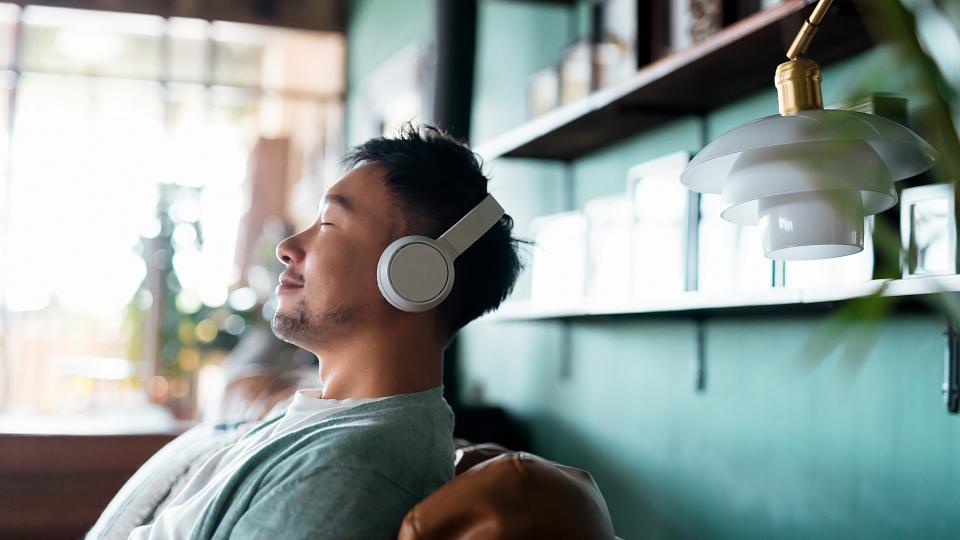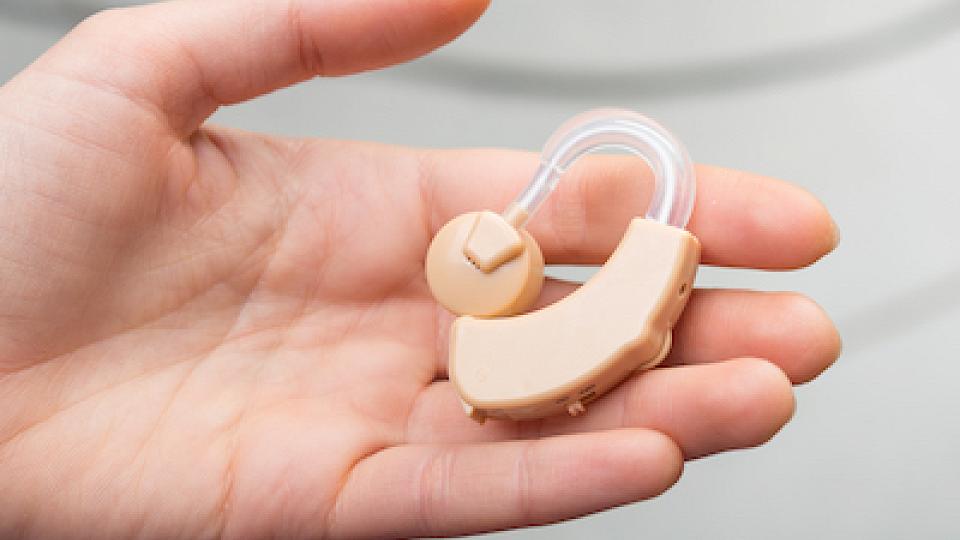
Listen Up: Headphone Use Can Impact Your Hearing Health
Headphones can play a huge part in our lives. We use them to listen to our favorite music and podcasts, to participate in Zoom calls, and to watch shows or movies. Headphone usage is widespread among different age groups as well. Toddlers, older adults, and everyone in between likely have a pair.
However, daily headphone use can pose risks to your hearing, including hearing loss, and it’s important to use them responsibly.
The Most Important Factors: Volume and Duration
“Hearing damage caused by noise is from a combination of volume and duration,” says Kate Johnson, AuD, CCC-A, an audiologist at University of Utah Health. “The louder the sound, the shorter the amount of time you can be exposed before damage will happen.”
Volume
Today’s portable audio devices can get as loud as 120 dBA, which is equivalent to the sound levels at a rock concert. Listening to audio at this level can lead to hearing damage in a matter of seconds.
Audiologists recommend keeping the audio levels at or below 60 percent of the maximum volume. Between 65-85 dBa is considered a safe range. This is equivalent to the volume of typical human speech on the lower end and busy city traffic on the higher end.
Many smartphone apps can measure sound levels, so if you’re concerned about noise exposure, try downloading one to ensure you’re not exceeding the limit.
Duration
The length of time you listen through your headphones is also important. If you must use your headphones daily, be sure to take breaks to allow your ears time to recover.
“You can listen to 85 dBA for eight hours without risk of hearing damage,” Johnson says. “For every three-decibel increase, that time is cut in half, so knowing the volume of a sound is the simplest way to know your exposure risk.”
Hearing Loss Symptoms
According to the American Osteopathic Association, hearing loss linked to headphone usage is increasing. About 1 in 5 teenagers will experience some form of hearing damage, which is about 30% higher than it was 20 years ago.
If you are a regular user of headphones and experience any of these symptoms, you might want to consider cutting back and seeing an audiologist:
- Tinnitus, which is a ringing, hissing, or buzzing sound in the ear
- Difficulty hearing in noisy environments
- Difficulty understanding what people are saying
- Needing to watch TV at a higher volume
“Hearing loss caused by noise exposure is cumulative over a lifetime,” Johnson says. “If temporary hearing changes are noted, it should also be noted that future damage can happen at lowered exposure levels and times.”
Johnson recommends seeing an audiologist if you are ever concerned about noise-induced hearing loss.
Navigating the Headphone Market
When you’re shopping for your next pair of headphones, you can look for certain factors to ensure you’re choosing a product that is safe for your ears.
“Physically, there are no headphones that are safer than others,” Johnson says. “The safety comes from exposure to sound.”
Johnson recommends looking into headphones with noise-cancelling technology. Noise-cancelling headphones can block out external noises, which allows you to listen to music or podcasts at a lower volume.
Besides opting for noise-cancelling headphones, these factors can also help you make smart choices for your hearing health:
- Volume Control: Some types of headphones allow you to set a maximum volume. You can also limit volume on your devices to ensure you are not listening to anything above the recommended 65-85 dBa.
- Limit daily usage: Be mindful of the total time you’re using your headphones each day, and be sure to give your ears regular breaks.
- Model good behavior: Help protect your kids’ ears by showing them how to use their headphones responsibly.
While headphones add convenience and enjoyment to our daily lives, being aware of the potential risks to our hearing health and using them responsibly is crucial to keeping our ears happy in the long term.


